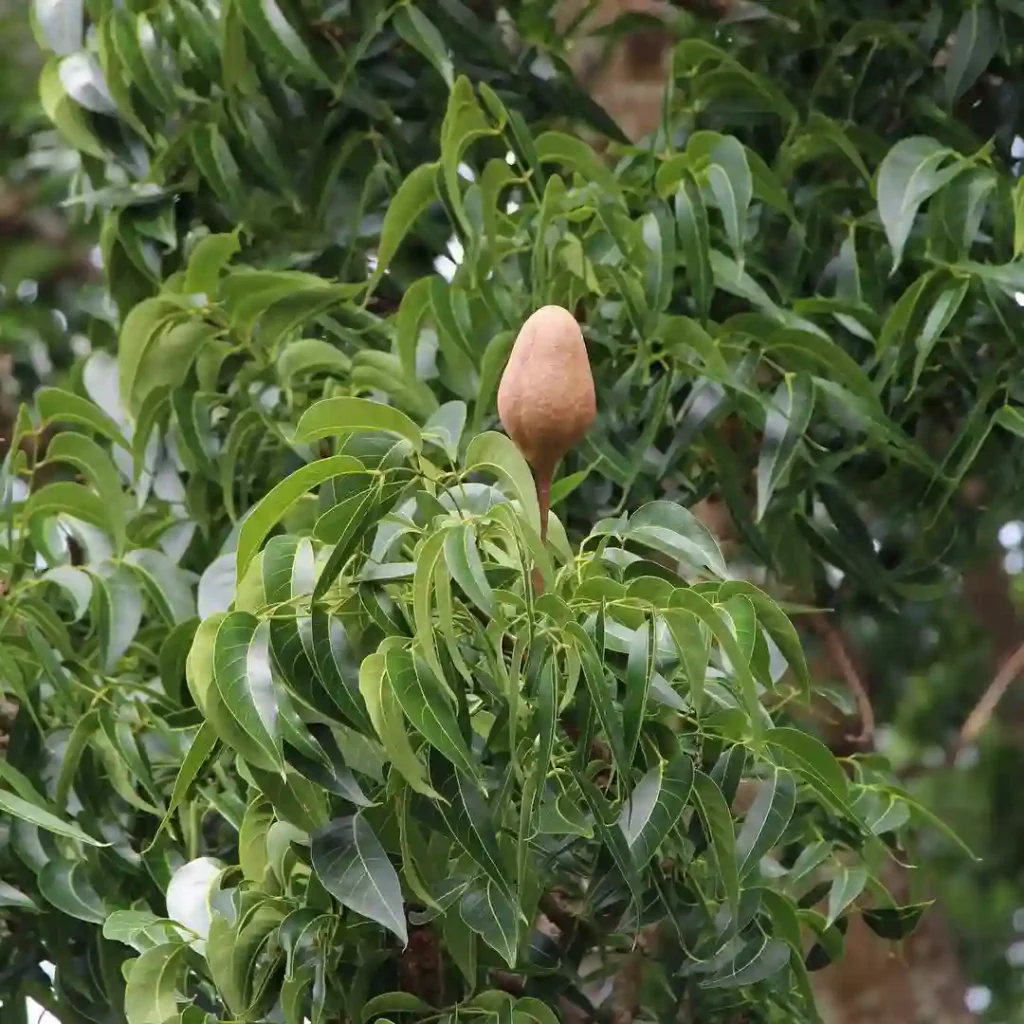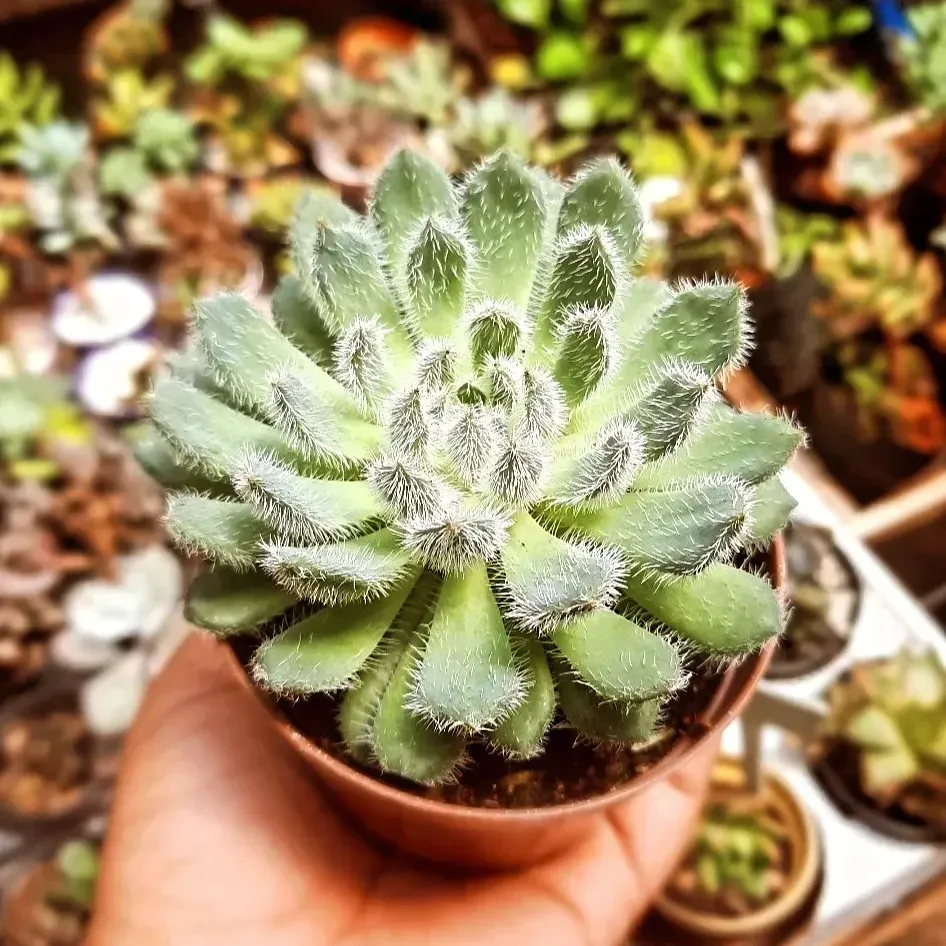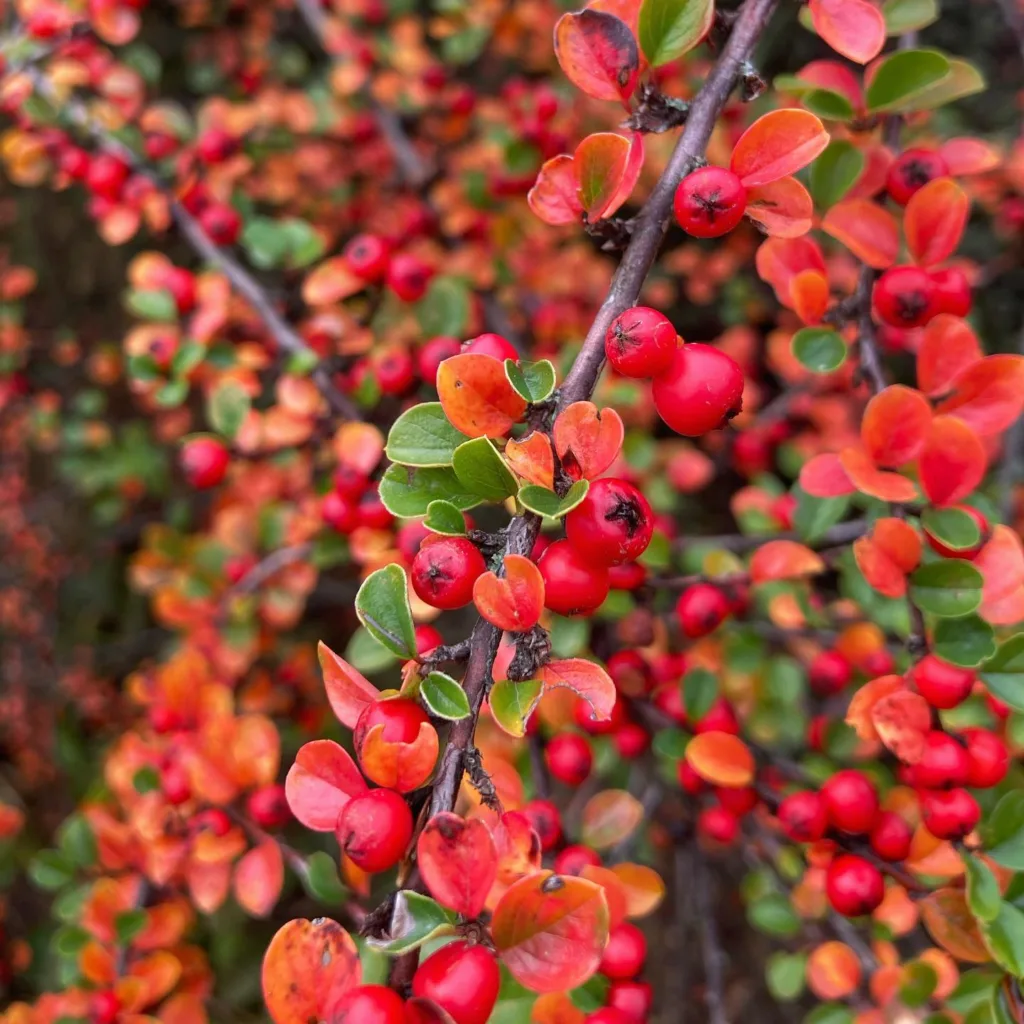Trachelium: A Closer Look at This Mediterranean Gem
My fascination with the plant world began in my childhood, wandering through my grandmother’s vibrant garden. Each bloom held a unique charm, a story whispered in the rustle of leaves and the unfurling of petals. Among the many plants that caught my eye, the Trachelium genus holds a special place in my heart. With its delicate clusters of blossoms and air of understated elegance, it’s a plant that invites closer inspection.
Trachelium, derived from the Greek word “trachelos,” meaning “neck,” is a nod to the plant’s historical use in treating throat ailments. A member of the Campanulaceae family, it shares kinship with familiar favorites like bellflowers (Campanula) and balloon flowers (Platycodon). Native to the Mediterranean regions of Europe and North Africa, Trachelium thrives in the sun-drenched landscapes and rocky terrains of its homeland.
Species within the Trachelium Genus
While the Trachelium genus isn’t extensive, each species offers its own unique beauty:
- Trachelium caeruleum: Commonly known as Blue Throatwort or Italian Bellflower, Trachelium caeruleum is native to the Mediterranean region and is admired for its dense clusters of small, star-shaped, violet-blue flowers that form dome-shaped blooms atop slender stems. These flowers attract a variety of pollinators, including bees and butterflies, adding a lively touch to gardens. With its bushy foliage and vibrant flower heads, it’s a striking choice for garden borders and containers. Preferring well-drained soil and full sun to partial shade, T. caeruleum offers a lovely and somewhat exotic look in garden designs.
- Trachelium lanceolatum: Native to Southern Europe and parts of the Mediterranean, Trachelium lanceolatum is distinguishable by its narrow, lance-shaped leaves and more open flower clusters compared to other Trachelium species. Its blooms, typically lavender to pale blue, appear in a looser arrangement, giving it a more delicate and airy presence. T. lanceolatum is less common in cultivation but is valued in naturalistic garden settings where its subtle beauty and pollinator appeal can shine. It grows best in well-drained soil with moderate moisture and is often used as a background plant to complement more colorful species in Mediterranean-themed gardens.
- Trachelium × halteratum: This hybrid species, Trachelium × halteratum, combines traits from its parent species to create a unique plant that exhibits vigor and resilience. While not as widely cultivated as T. caeruleum, it carries similar characteristics, such as clusters of delicate flowers in shades of blue to lavender. This hybrid is appreciated for its adaptability to different growing conditions and its relatively low maintenance needs. As with other Trachelium species, it can attract pollinators, and its foliage provides a lush green backdrop to its airy flower clusters, making it a great addition to mixed garden beds.
Cultivating Trachelium
My own experience with cultivating Trachelium has been a rewarding journey. These plants, though relatively low-maintenance, thrive in well-drained soil and plenty of sunlight. I’ve found that they are fairly drought-tolerant once established, a testament to their Mediterranean origins. Deadheading spent blooms encourages continuous flowering, ensuring a vibrant display throughout the season.
While often grown as annuals in cooler climates, Trachelium can be overwintered indoors or in milder regions. I’ve successfully overwintered my Trachelium caeruleum by bringing it inside before the first frost and placing it in a sunny window. Come spring, it rewards me with another season of its enchanting blooms.
Trachelium in the Garden and Beyond
The versatility of Trachelium is truly remarkable. Its airy blooms lend themselves beautifully to a variety of garden settings, from cottage gardens to formal borders. I particularly enjoy pairing Trachelium caeruleum with other late-summer bloomers like coneflowers (Echinacea) and Russian sage (Perovskia) for a tapestry of color and texture.
Beyond the garden, Trachelium shines as a cut flower. Its long stems and delicate blooms make it a favorite among florists, adding a touch of elegance to bouquets and arrangements. I often find myself drawn to its subtle charm, incorporating it into my own floral creations.
A Timeless Beauty
In a world that often demands our attention with bold displays, there’s something refreshing about the understated elegance of Trachelium. It’s a plant that invites us to slow down, to appreciate the subtle nuances of nature’s artistry. Whether gracing a garden border or adding a touch of grace to a vase, Trachelium reminds us that beauty can be found in the simplest of forms.
As I continue to explore the world of plants, I’m certain that Trachelium will remain a cherished favorite. Its timeless beauty and resilience serve as a reminder of the enduring power of nature to inspire and uplift.
If i die, water my plants!



